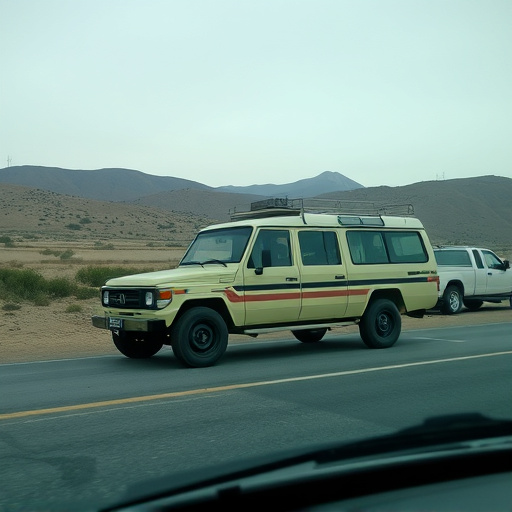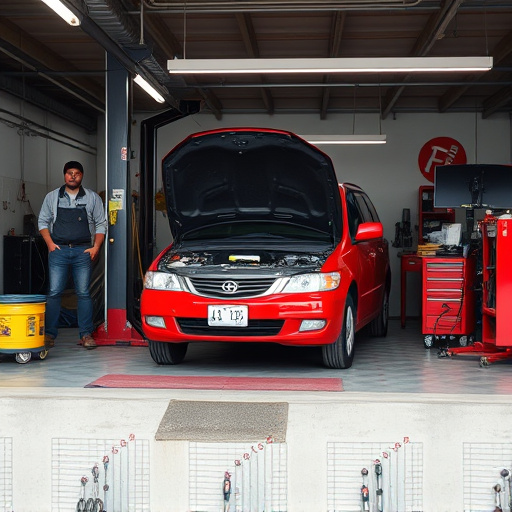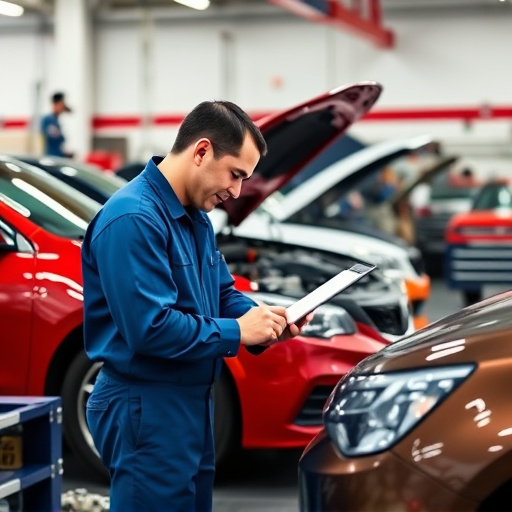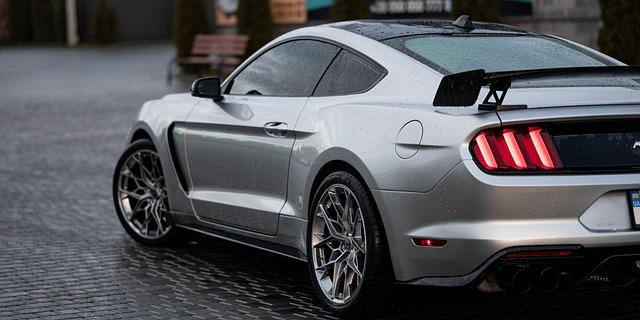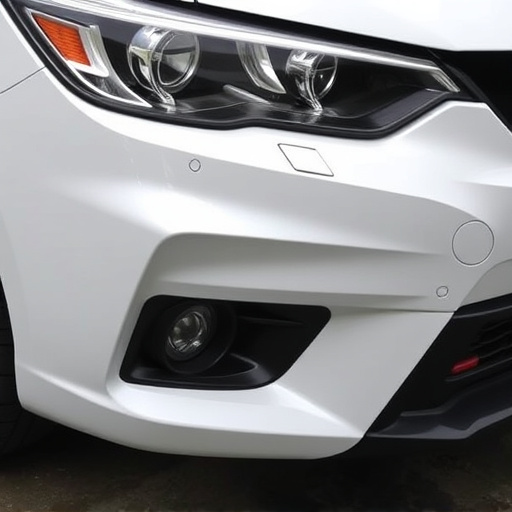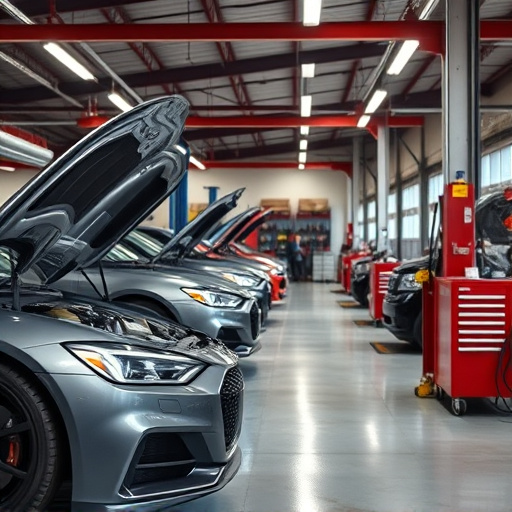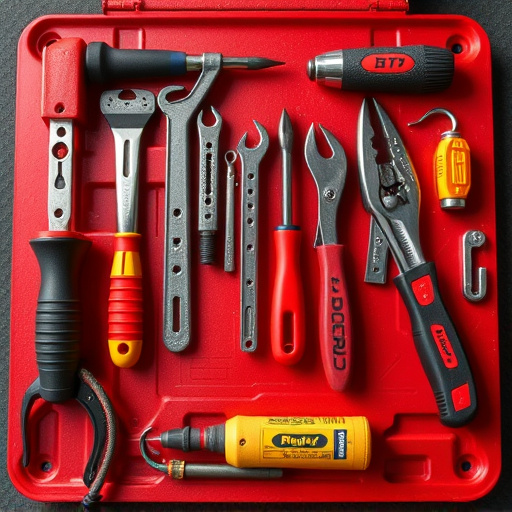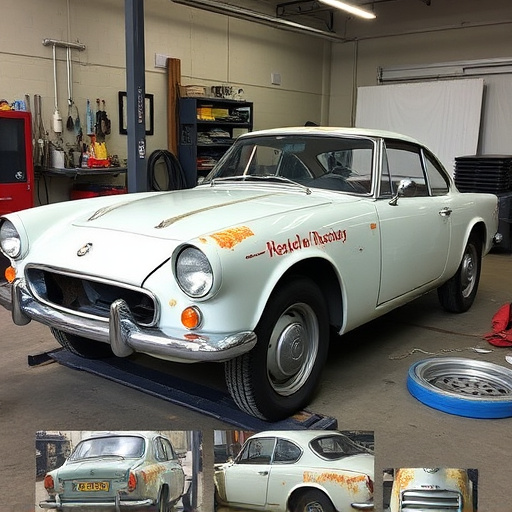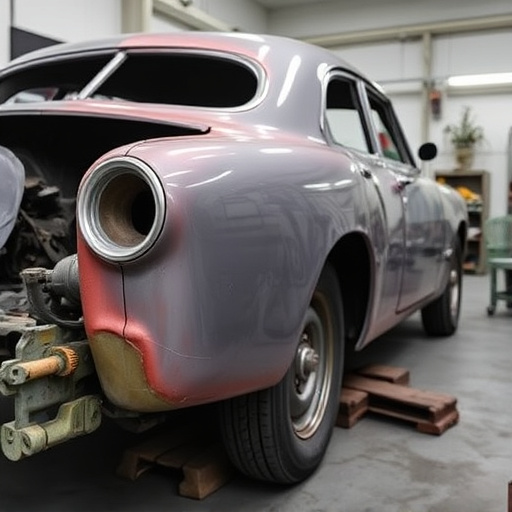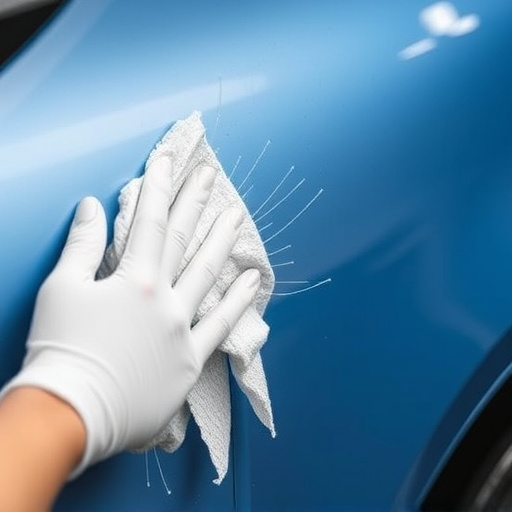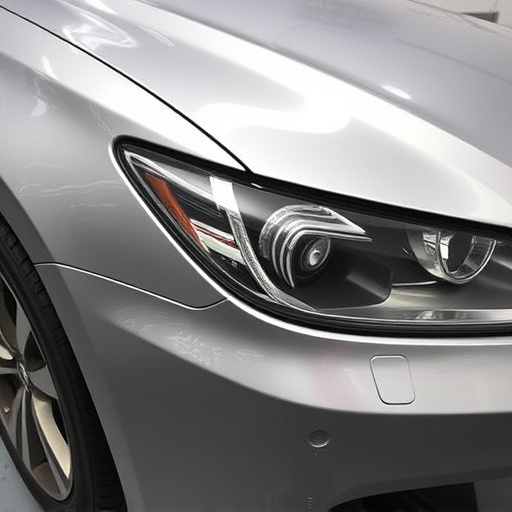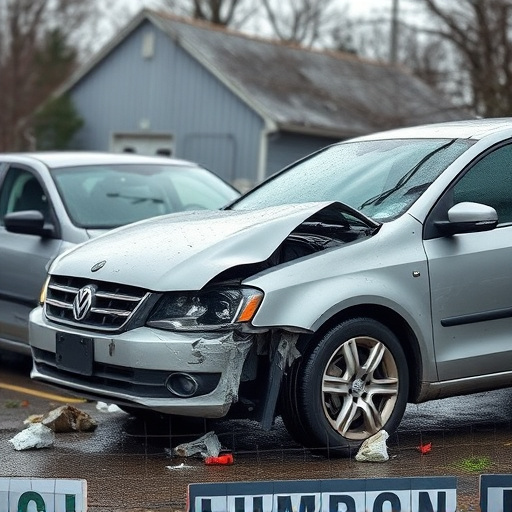The Tesla bumper camera is a vital safety component susceptible to failure due to damage or malfunctions, compromising advanced driver-assistance systems (ADAS) and increasing accident risk. Prompt repair by automotive specialists is crucial for safety and legal compliance. The process involves replacing the faulty camera and meticulously recalibrating ADAS software to ensure self-driving capabilities and collision avoidance. Post-service recalibration is essential for optimal performance, enhancing features like lane departure warnings and automatic emergency braking. Skipping this step can degrade Tesla bumper camera functionality, emphasizing the importance of proper maintenance through recalibration.
Tesla owners often wonder about their car’s advanced safety features, particularly the bumper cameras. This article is a comprehensive guide to understanding and addressing a common issue—Tesla bumper camera failure. We’ll walk you through the causes, offering insights into typical malfunctions. Next, we provide a step-by-step repair process, empowering you to tackle the issue yourself. Lastly, discover why post-repair calibration is crucial for optimal camera performance. Learn how to ensure your Tesla’s safety system functions at its best after a bumper camera repair.
- Understanding Tesla Bumper Camera Failure and Its Impact
- The Repair Process: Step-by-Step Guide to Restoring Your Camera
- Post-Repair Calibration: Ensuring Optimal Camera Performance
Understanding Tesla Bumper Camera Failure and Its Impact
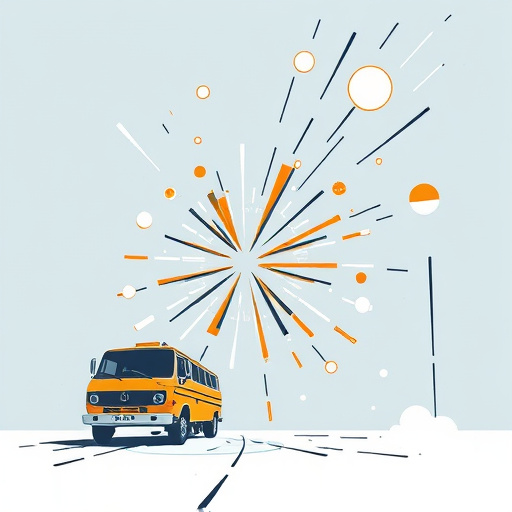
The Tesla bumper camera, an integral part of the vehicle’s safety and advanced driver-assistance systems (ADAS), can fail due to various reasons, including impact damage, loose connections, or internal malfunctions. When this happens, understanding the potential implications is crucial for both safety and legal reasons. A failed bumper camera might prevent critical safety features like automatic emergency braking and lane departure warnings from functioning optimally, increasing the risk of accidents.
Moreover, in regions with strict regulations regarding vehicle safety and ADAS functionality, a malfunctioning camera could lead to significant fines or legal repercussions. Therefore, prompt Tesla bumper camera repair and post-service recalibration are essential. Automotive body work specialists equipped with the right tools and knowledge can perform frame straightening and car body restoration to ensure the camera is properly aligned and functioning at peak performance.
The Repair Process: Step-by-Step Guide to Restoring Your Camera
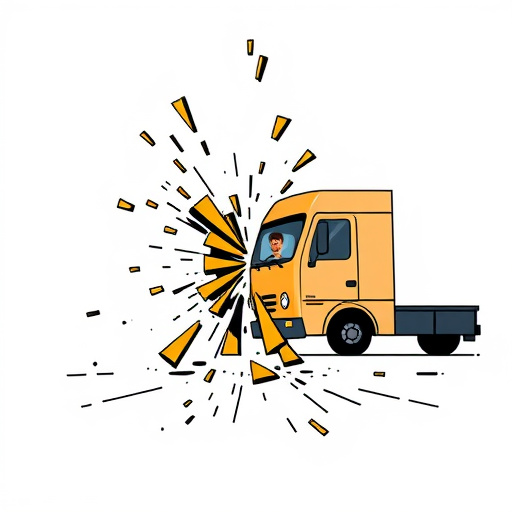
The Tesla bumper camera repair process involves several precise steps to ensure your vehicle’s safety and regulatory compliance. It begins with removing the damaged or faulty camera from the bumper, a task best handled by an experienced auto repair shop equipped with specialized tools. The old camera is then replaced with a new one, making sure it’s properly aligned for optimal vision.
Next, post-service recalibration becomes crucial. This involves adjusting various settings within Tesla’s advanced driver-assistance systems (ADAS) software to account for the changed camera positioning. A vehicle repair expert will use diagnostic tools to complete this recalibration, ensuring your car’s self-driving capabilities and collision avoidance systems function flawlessly after the bumper camera repair.
Post-Repair Calibration: Ensuring Optimal Camera Performance

After a successful Tesla bumper camera repair, the next crucial step is post-service recalibration to ensure optimal camera performance. This process is essential as it fine-tunes the camera’s settings and functionality, compensating for any adjustments made during the repair process. Think of it as returning your camera to its original state, but now with enhanced clarity and accuracy, especially after potential disruptions from a vehicle collision or dent repair.
During recalibration, specialized tools are used to reset the camera’s parameters, ensuring it captures clear images and accurately interprets surrounding environments. This is particularly important for Tesla bumper cameras, which play a vital role in advanced driver-assistance systems (ADAS). A well-calibrated camera enhances safety features like lane departure warnings, automatic emergency braking, and blind spot monitoring, making your driving experience smoother and more secure. So, if you’ve had a collision or dent repair that affected the camera’s alignment, don’t skip the post-repair recalibration – it’s key to maintaining optimal Tesla bumper camera performance.
After understanding the potential failure points of your Tesla bumper camera and following a detailed repair guide, it’s crucial to note that proper post-service recalibration is essential for optimal camera performance. This final step ensures your restored camera functions seamlessly with your Tesla’s advanced driver-assistance systems (ADAS). By calibrating accurately, you maximize safety features like autonomous driving, lane departure warning, and parking assistance—all reliant on clear, accurate camera views. Remember, a well-maintained Tesla bumper camera is key to navigating the road ahead with confidence.
